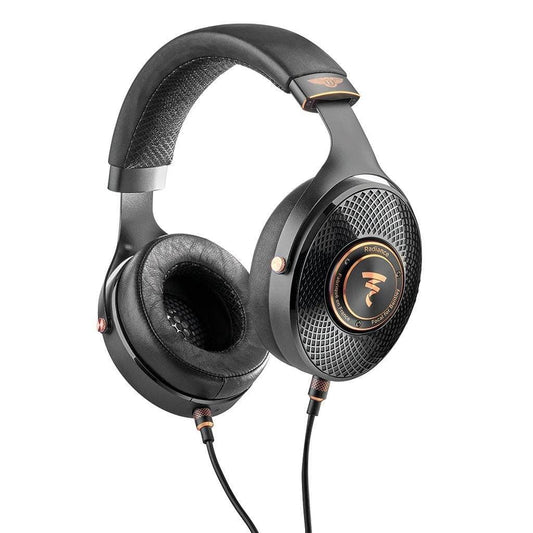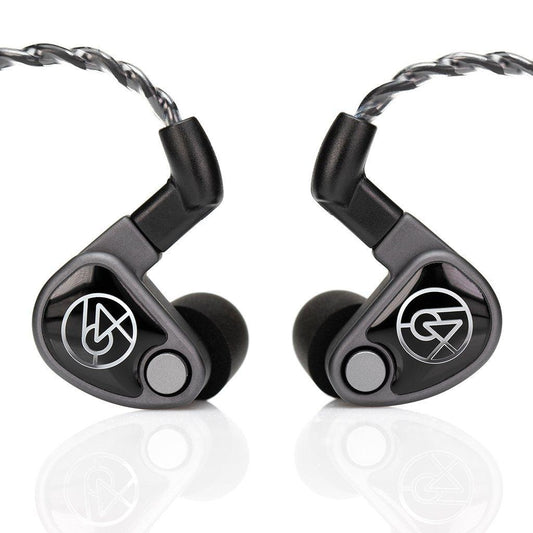Bass: The Audiophile's Not-So-Guilty Pleasure
Bass is tough to get right, and it’s crucial to people's enjoyment of music. Many of us have our own take on how bass is best done, but even in acknowledging that preferences may vary wildly: Is there one headphone or IEM that rules them all? Join listener as they explore some of the best, all in search of the answer.
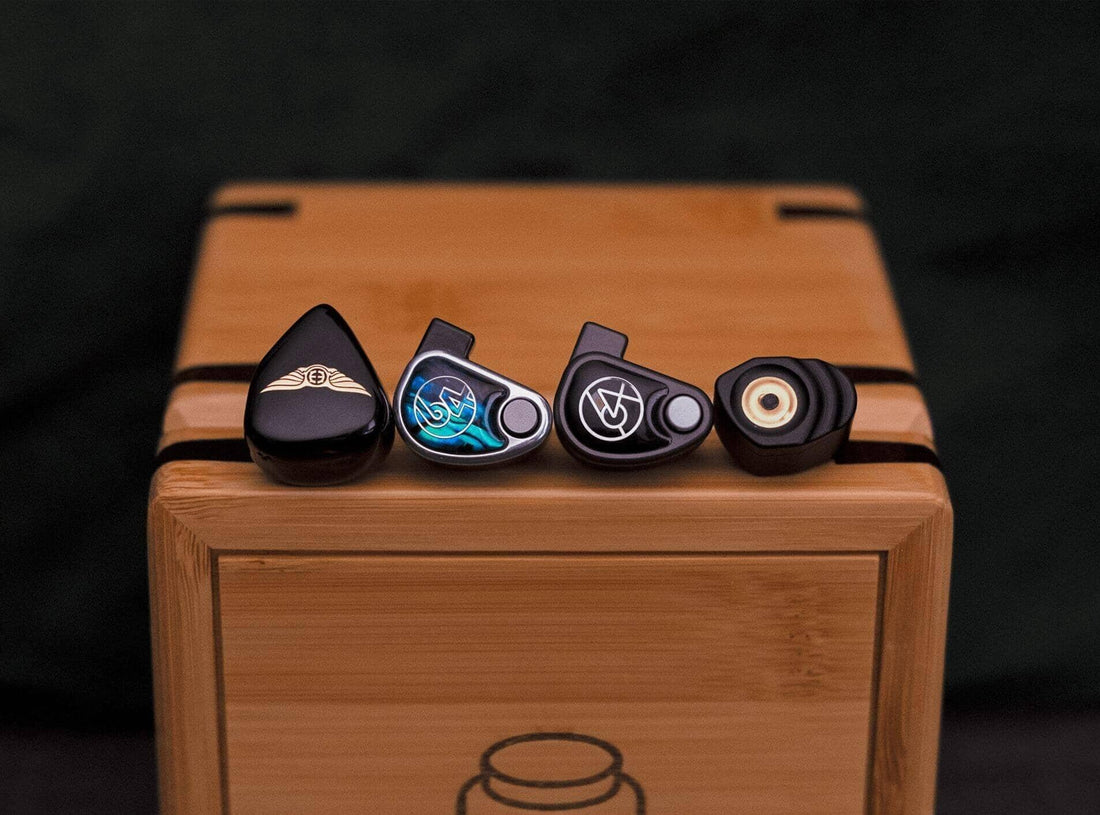
Bass is a notoriously fickle region to get right, and it’s absolutely crucial to many users’ experience with headphones. It may even be the single most important sonic quality for a headphone being “good” to most people.
Too much bass and music becomes an ill-defined blur that smothers you with a crowded stage, and may even feel physically overwhelming. Too little bass and music lacks size, tactility, and engagement.
Bass being just right, however, can do weird stuff. It can give the listener chills, incite headbanging, or even cause listeners to grimace in a sort of jubilant disgust (musicians call this “stank face”). I have to assume it’s because bass speaks to something primal and awesome that even audiophiles don’t fully understand yet.
There are many types of “basshead’ signatures out there, but the ones that do it best for me are usually the ones that either have some sort of technical “X factor,” or are well rounded enough that they may have good bass, but not only good bass. Let’s talk about my favorites.
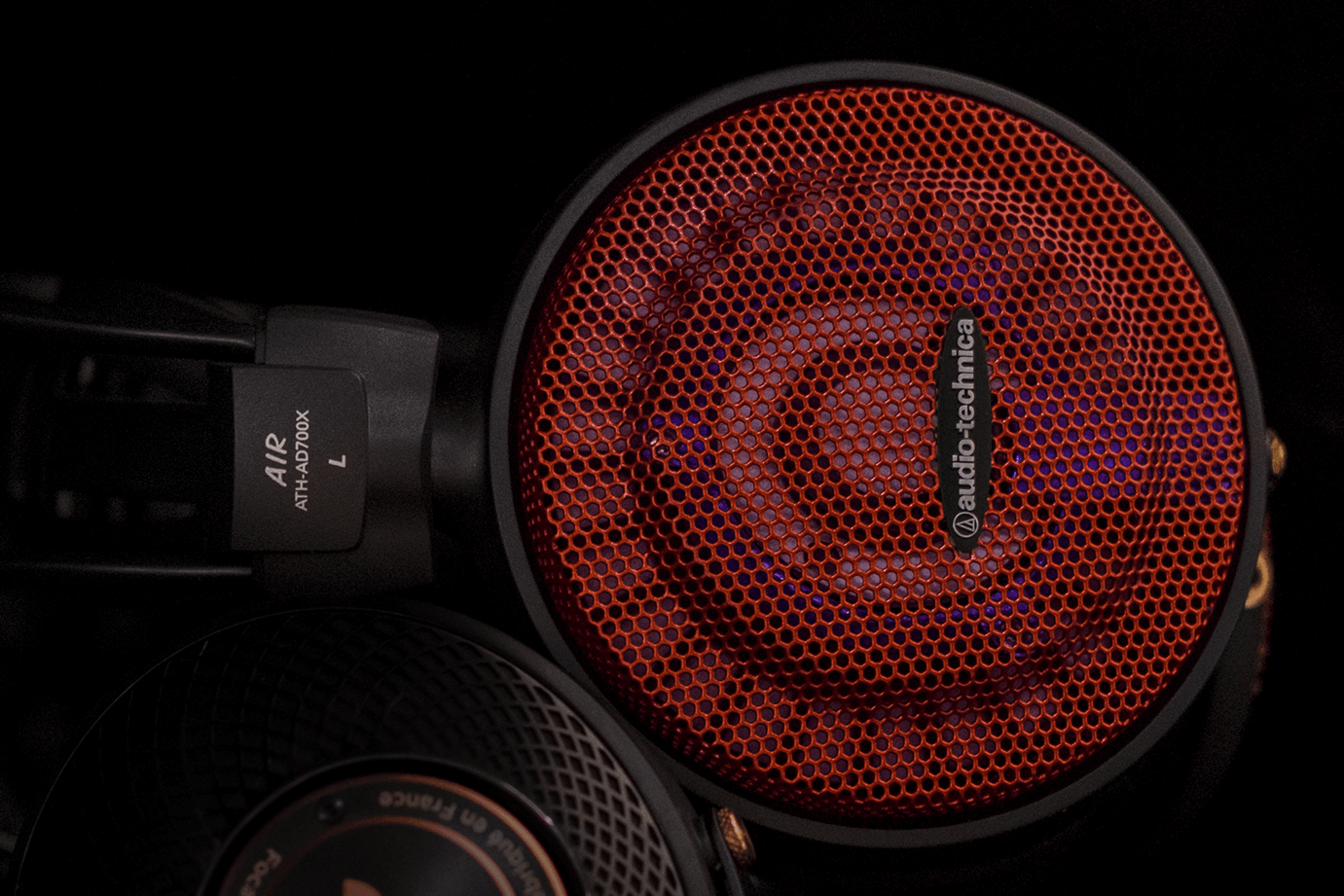
Headphones
While headphones can’t ever reproduce the tactile sensation of bass from speakers, they can still provide an enjoyable, engaging, consuming bass experience. In fact, my re-entry to the audiophile space was propelled by a chase for the bass from my beloved—but appropriately maligned—Focal Spirit Professional.
As I said in my previous article: the headphone market is one of compromises. Headphones have mechanical and acoustic obstacles to overcome when it comes to producing a satisfying bass response. Getting the bass you want often comes at the cost of other things, like other areas of tuning, technical performance, comfort, portability, etc.
Headphone manufacturers have a few common ways to skirt or minimize these limitations and get the bass people want. The best of these offerings are the ones that make the compromise worth it.

Focal Radiance
Unsurprisingly, the Focal Radiance was an “aspirational” product upon my re-entry to the hobby. After loving the bass of the Spirit Professional so much, the Radiance seemed like it’d offer a straightforward upgrade—better tuning, better comfort, better build.
That ended up mostly being the case: I regard Radiance as Focal’s most well-rounded closed back headphone.
Radiance adds a round, syrupy thump to kick drum fundamentals, but almost never lacks in transient precision thanks to its mostly-normal midrange tuning. Bass guitars sound authoritative and full, but never lacking in pick attack or transient pop. Synths sound harmonically-complex, warm, and “analog” due to the Radiance’s bass boost largely being focused in the mid-bass.
Radiance’s faults come mostly in the upper end of the spectrum for me, as is the case with most headphones. It has a 13kHz peak that can make cymbals too spicy and ringy. There’s also a wiggle visible around 3.5kHz on frequency response measurements that sounds much more prominent on my head than frequency response measurements suggest.
Minor faults aside, Radiance stands firmly at the top of closed-back headphones for pure bass punch and mid-bass texture. It serves a presentation I think most people will find agreeable, and it does so in a comfortable, beautiful package that is very easy to put on your head and immediately get lost in.
Focal Radiance Headphones | Limited Edition
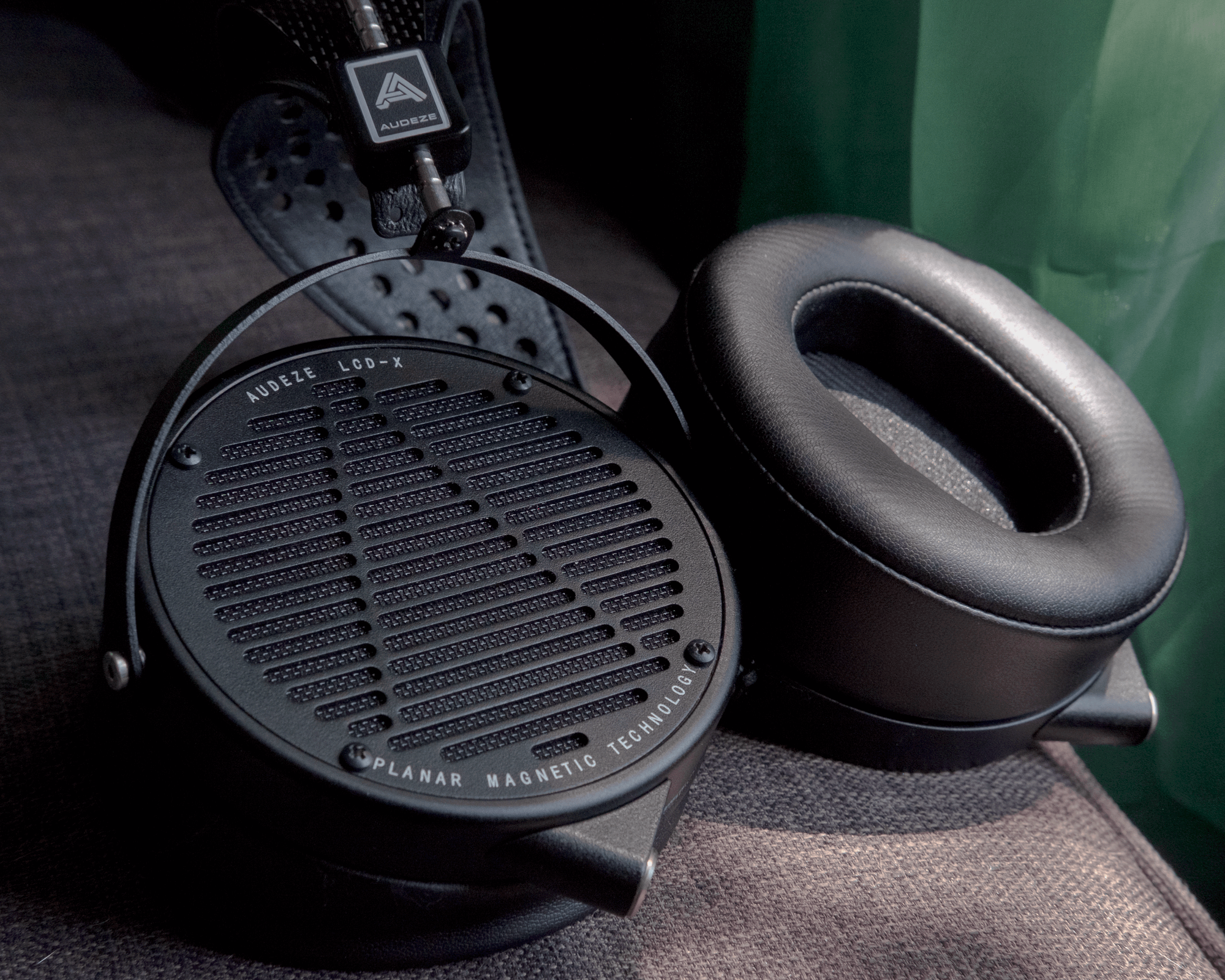
Audeze LCD-X
Audeze (until recently) tuned to reduce upper-midrange in what I assume was an effort to make the flat bass more prominent. It has been shown at least once (Lorho 2009) that people prefer roughly 4-5dB of “ear gain”—the rise centered at 3kHz resulting from the sonic contribution of the ear—when the rest of the frequency spectrum is flat. This may not ring true for everyone out there, but I’ve certainly always enjoyed Audeze’s midrange presentation.
This lore around the bass of Audeze’s—and to a lesser extent, all planar magnetic—headphones can lead to erroneous expectations, and thus disappointments. Many voices don’t mention this aspect of Audeze’s tuning, opting instead to solely remark that the Audeze headphones are “incredible for bassheads”. A lot of customers end up surprised when they get an Audeze and they don’t get nearly the level of bass they were expecting.
Audeze makes planar magnetic headphones, which are difficult to engineer to have a passive bass shelf. Doing so would almost certainly introduce other compromises—like dramatic sub-bass rolloff—that may not be worth the cost anyway. Planar manufacturers generally opt for “flat but well extended” bass instead of a bass boost for this reason.
While I think the default Audeze LCD series tuning can have palatable bass in stock configuration, the real secret to unlocking their latent potential is EQ. Audeze’s headphones with EQ are some of the most fun you can have with bass in headphones. You can boost however much you want, wherever you want, and the headphone just gives it to you with no complaints.
Audeze bass in particular has this unique monolithic quality that can completely surround and envelop the listener in an effortlessly sonorous wall-of-bass. While it might not be the punchiest or most nuanced bass out there, I greatly prefer it over its competition from Hifiman for this quality.
What’s especially interesting about the Audeze presentation is that you can potentially have tons of bass, but in a completely open-backed acoustic design. So you can get one of the biggest benefits of a closed-back—bass emphasis—mixed with at least good quality of an open-back, that being a more natural soundstage.
These two together makes the Audeze LCD series a unique offering in the basshead world, one that I think would make any EQ-adept basshead drool.
Audeze LCD-X Headphones | 2024 Creator's Edition
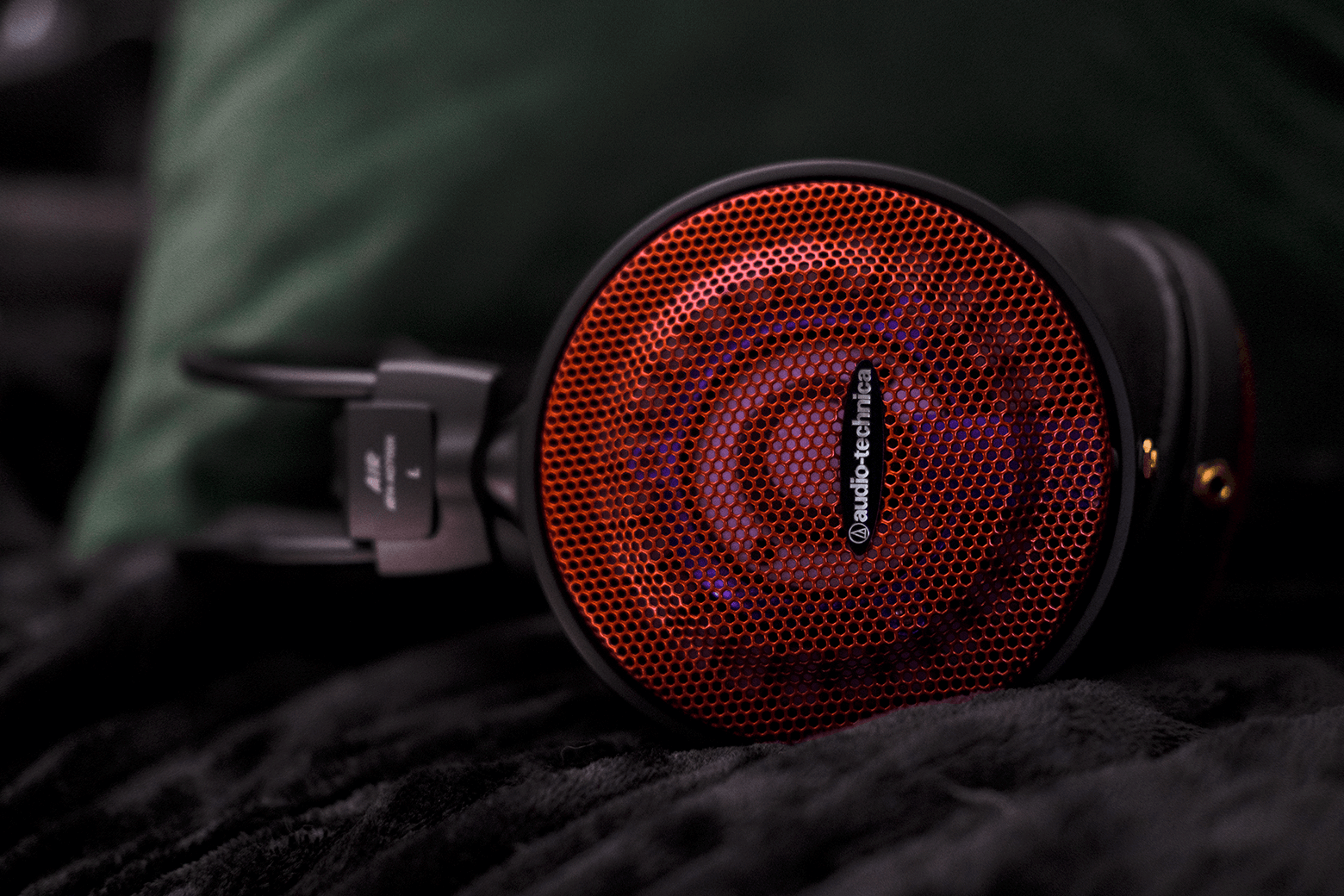
Philphone
But what if you don’t want a closed back? And what if you don’t want to EQ?
These are extremely common desires, and historically there hasn’t really been a product that met these needs… until one guy was so fed up with every headphone out there failing to give him what he wanted, that he made his own.
Enter Philphone: the only open back headphone that somehow breaks all the rules and provides a bass emphasis previously unseen in passive open-back headphones. It also sports some of the best bass short of Fostex TH900, and some of the best soundstage you can find short of HD 800S. Somehow all of this is available in an extremely lightweight and comfortable package, at around half the cost of the latter ($750 base price before painting, balanced cable mod, or 300 ohm driver).
If I had to choose one headphone for bass and couldn’t EQ, Philphone would be the easy pick. It might not slam quite as hard as Radiance, but it slams harder than a Focal Clear. It also has absurdly aggressive (almost effervescent) bass texture that has to be heard to be believed.
Many thanks to crinacle, who measured this Philphone unit on his GRAS 43AG industry-standard measurement rig.
However, I could also see Philphone not being someone’s jam. It’s still a headphone I personally need to EQ above 5kHz, as it has a resonance on my head around 10kHz that absolutely needs to be curtailed. The midrange is as forward as it looks on the graph, and while things like bass and pianos sound super textured, things like horns or guitars can sound kind of honky and unnatural.
That being said, it may just be one of the most use-case agnostic headphones out there at any price.
Philphone is not just an audiophile headphone. While something like the Radiance or an LCD-X might be great for music listening, I’m not sure either would be the best choice for gaming or movies, for example.
Conversely, Philphone is likely one of best gaming headphones, full stop. It has the unique combination of being immersive (elevated bass, spacious presentation) while also providing a competitive advantage due to its extremely accurate imaging and emphasized upper-midrange.
If headphones are a market of compromises, Philphone is unique in that it provides a presentation that—while certainly colored—works really well for a variety of uses. Having a bass shelf like this in an extremely open chassis already makes Philphone incredibly unique with no real competition. Even if I don’t feel a desire to own one for my collection due to it being a little spicy for my taste above 5kHz, I can’t help but marvel at how unlike anything else it is.
Philphone is available directly for purchase from—you guessed it—a guy named Phil. He can be messaged directly on Reddit, Head-Fi, and Discord at his username “zerousen”.
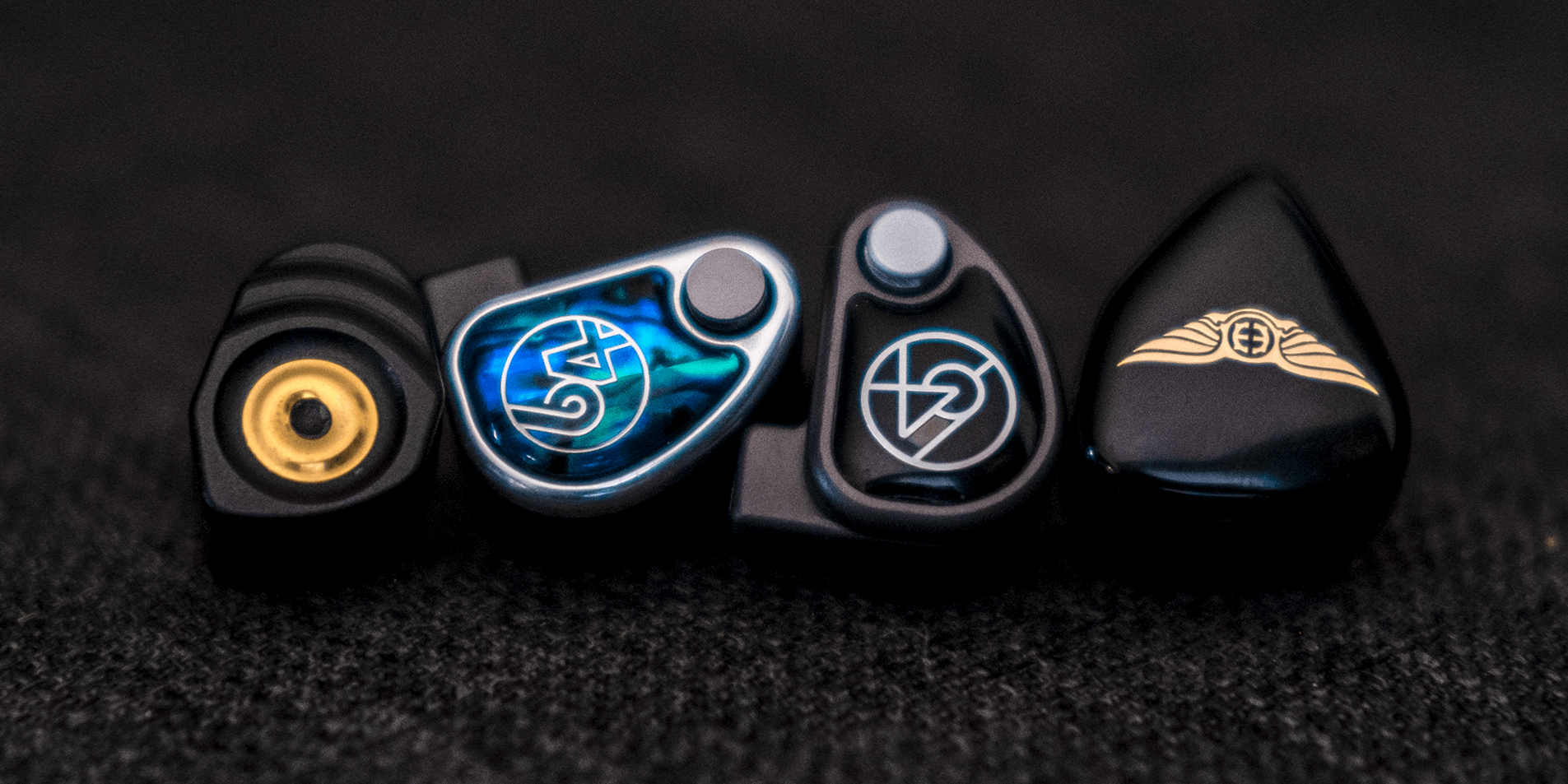
IEMs
I generally find IEMs to be more consistent than headphones in terms of bass performance. For example, it’s more commonplace for an IEM to have full bass extension down to 20Hz. Multi-driver arrays being rather common means that tuning for a bass elevation is trivial compared to headphones, where it’s harder and introduces more compromises.
That being said… IEMs as a market segment tend to disappoint me. I might get flak from Precog for this, but I don’t think it’s an exaggeration to say most IEMs have a significantly hyped midrange compared to headphones. They as a market segment really aren’t great for tonality or timbre (yet).
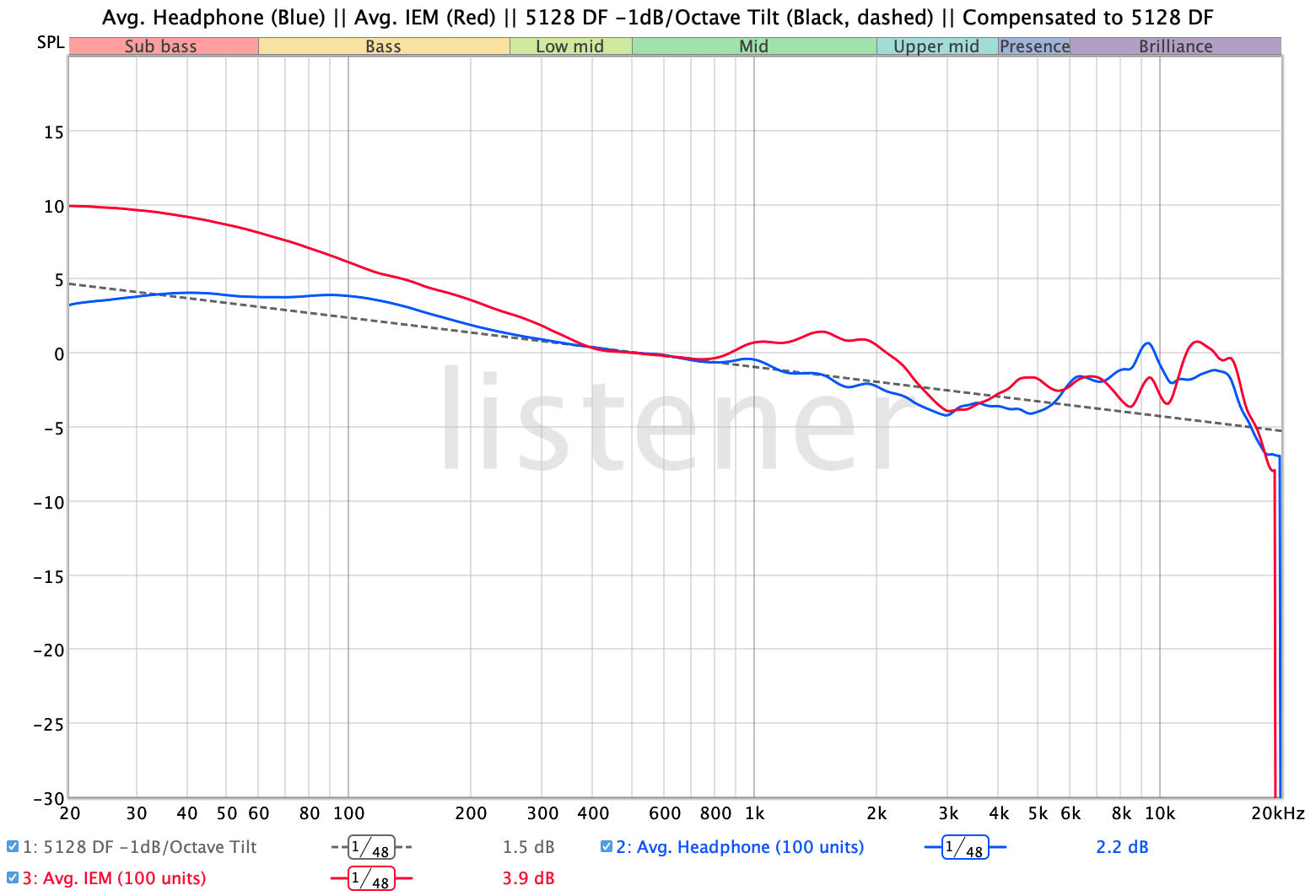
However, some of them really do bass exceptionally. There’s simply a better diversity of takes on “basshead” tunings in the IEM market than the headphone market, so if anything we’re kind of spoiled for choice. However, a few clearly crop up that dominate their respective price brackets and driver categories. Here are my current favorites.

64 Audio Nio
The 64 Audio Nio is famous for its bass response at this point, and rightfully so: as you can see in the measurement, the bass response is unapologetically gargantuan.
But in an expectation-defying twist, I actually found the Nio to sound much more balanced than the graph suggested to me at first blush.
While the bass is certainly emphasized and creeps into the low-midrange a bit, I didn’t get the overwhelming sense of incoherence that I often do with other multi-driver IEMs with big swings between bass and midrange. Nio brings the bass right up to the line of being overbearing but rarely crosses it. The treble is nicely textured and remarkably normal sounding compared to 64 Audio’s other offerings (which we’ll get to).
My main complaint with Nio is the upper midrange dip, which makes vocals in particular sound a little muffled and unintelligible. This relaxation, along with the mostly unobjectionable treble cements the bass as being the star of the show, commanding your attention at all times. It’s a good thing: Nio’s bass is far more nimble and textured than its generous quantity may imply. It’s honestly a competitive IEM across the board technically, as it has great dynamics and rather un-oppressive stage… but the bass texture is easily Nio’s “X factor”.
I actually enjoyed Nio more than I thought I would. It almost reminds me of what a straight-forward upgrade from Symphonium’s Meteor might sound like: A somewhat-relaxed tuning with aggressive technical performance seems like a thing most people could get behind.
64 Audio Nio In-Ear Headphones
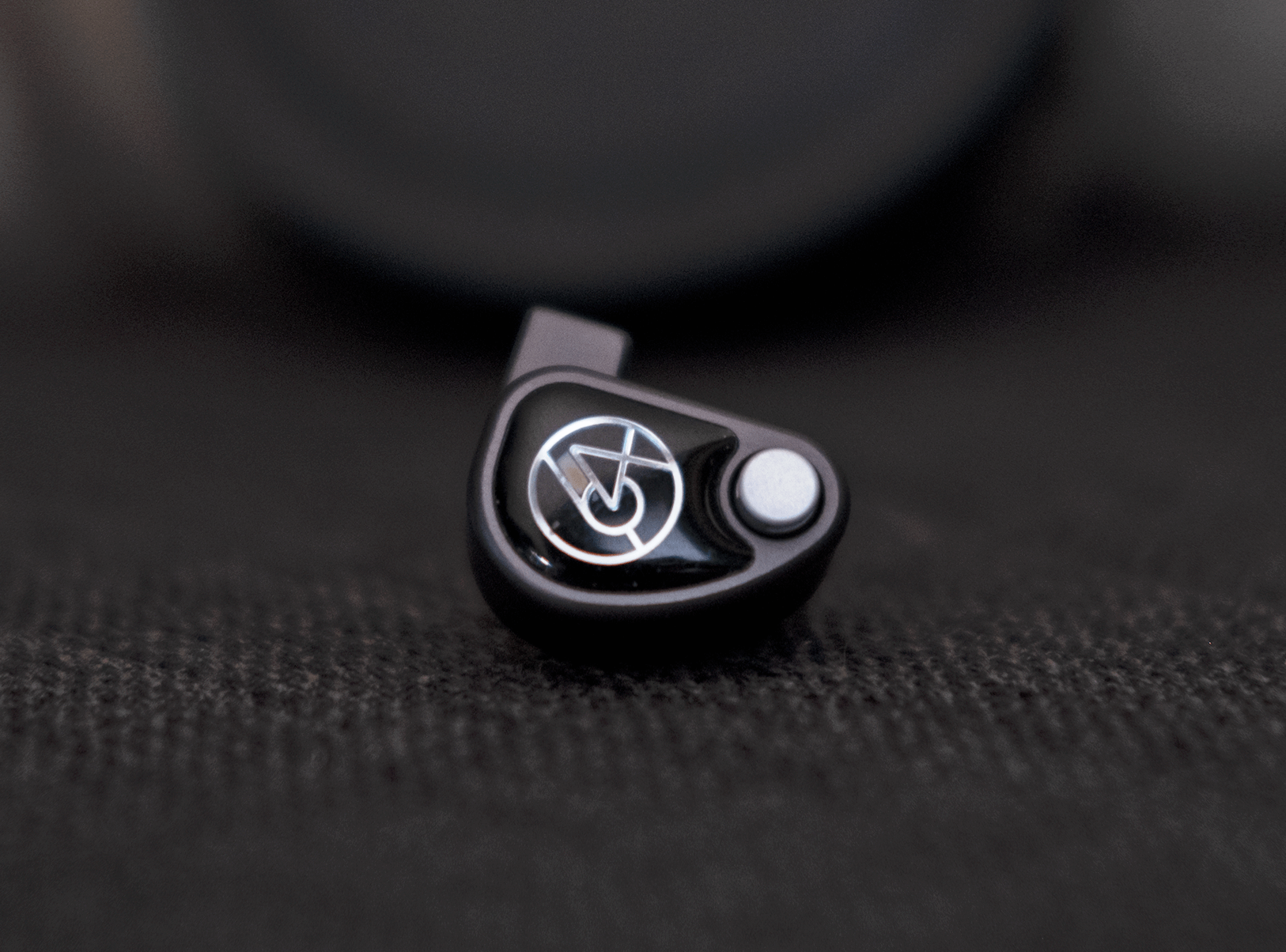
64 Audio U6t
The U6t opts for something completely different than Nio, and if I’m being honest, even though Nio’s bass is definitely more fun and engaging, I prefer U6t as an overall package.
The BA bass here is definitely no slouch, though it’s not quite as full or punchy as Nio’s dynamic driver bass. It lends just enough weight to bass and drums to capture that lumbering movement between volume swings, but not enough to ever feel slow or cloudy. U6t’s bass isn’t quite as elevated as Nio, but it really shouldn’t be given how the rest of the response is tuned.
U6t opts for a slightly warmer take on the bass shelf from the U12t; creeping into the midrange a little more and offering more decay and bloom to the transitional upper-bass/low-midrange area.
Speaking of midrange, I would go as far as saying U6t’s midrange is currently my favorite IEM midrange tuning on the market. It is among the 2% of IEMs that sheds the all-too-common 1-2kHz emphasis and actually sounds close to a well-tuned headphone in tone. Interestingly, the portrayal of “size realism” I usually associate with properly-elevated bass (though I attribute it to midrange here) is actually better on U6t than any other IEMs on this list.
U6t also has a nice attack snappiness despite being a decisively warm tuning, but this unfortunately comes at a cost: a grainy and at times off-putting treble response defined chiefly by resonances around 10kHz and 14kHz. It’s honestly such a shame, because it’s so close to being ideal for me.
If these peaks were just lower in amplitude, it’d be a dangerous IEM. But in this configuration, the treble just takes attention away from the otherwise incredible tuning here. While it can be massaged with tip swapping well enough that I can live with it for a few hours, it does unfortunately mean that the “best IEM midrange so far” doesn’t win the “best IEM timbre” award for me, and it does mean that U6t isn’t my favorite IEM all-around on this list.
64 Audio U6t In-Ear Headphones
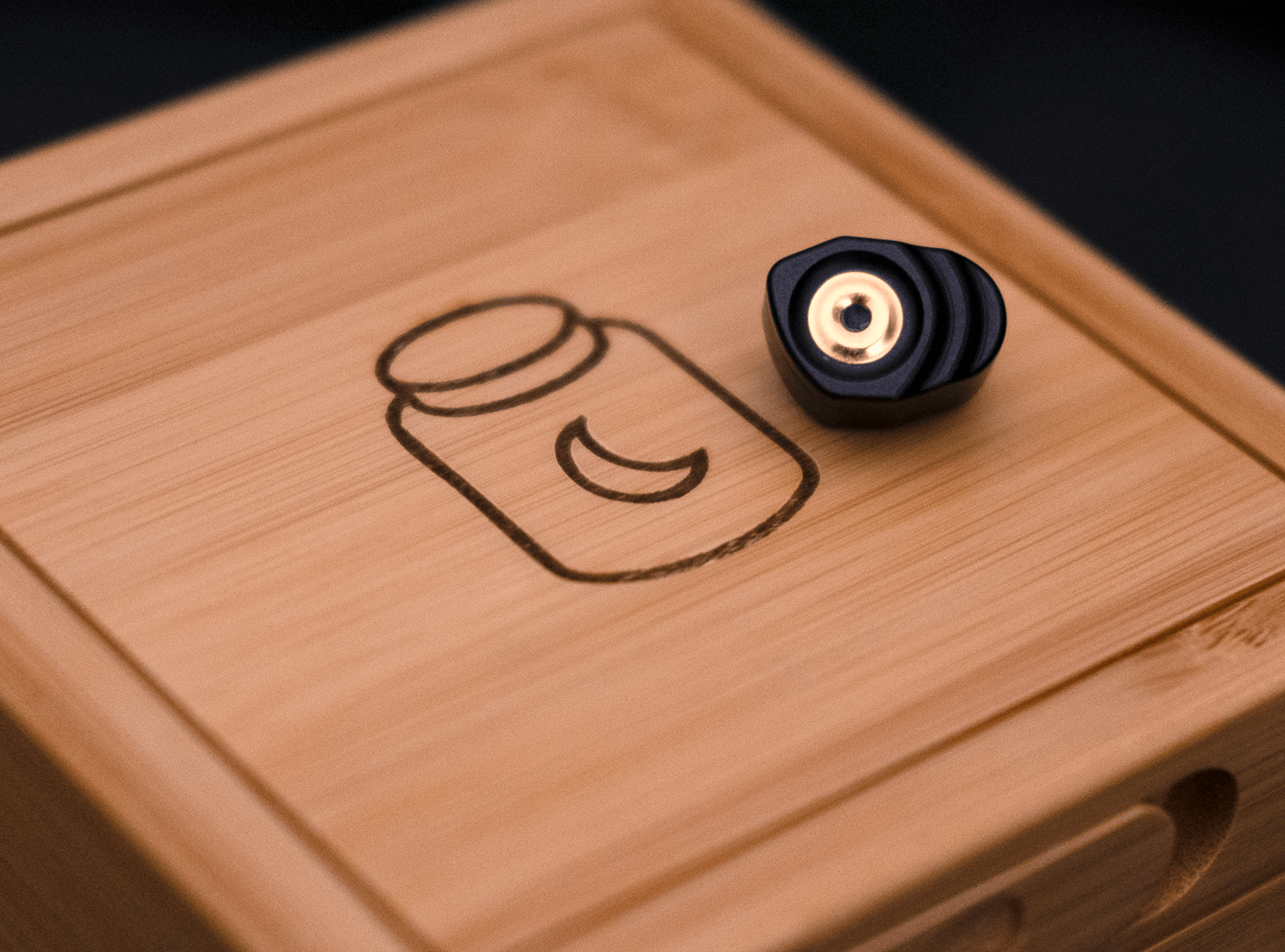
Nightjar Singularity
You may recognize the Nightjar name from another recently-famous basshead pick: the Symphonium x Nightjar Meteor.
Singularity—Nightjar’s first solo IEM endeavor—is a single dynamic driver IEM, and it’s a mold-breaker in its category for a few important reasons.
For one, this is the least annoyed I’ve ever been with a single dynamic driver IEM’s tonality. “Safely tuned” single-DD IEMs like the Moondrop Kato have mostly controlled treble but with piercing peaks above 10kHz that bother me almost immediately.
More expensive offerings like Sennheiser’s IE 600 and IE 900 actually go even further down that path, being ridiculously bright in a way that not even their significantly boosted bass and 1-2kHz midrange can balance.
Singularity simply doesn’t have any of these treble issues. It’s a decisively dark IEM in a veritable sea of peaky single dynamic driver IEMs that, even when going for a “warm” signature, can’t seem to do so without sounding confused.
For this reason, I’d say Singularity probably has the best timbre of any single dynamic-driver IEM yet. And we haven’t even gotten to the bass yet.
Singularity sounds absolutely, unbelievably, stupidly huge. It confidently shoves bass guitars, synths, and drums in your face, demanding your attention with sonic images that are more massive than any IEM I’ve yet heard.
Despite its ability to do that, Singularity isn’t actually aiming to kill you with bass 100% of the time—in fact, it’s the most coherent-sounding IEM on this list. However, it is always happy to remind you that it can crush you like a pathetic little bug with bass whenever it damn well pleases.
Singularity’s bass doing this without sounding completely overdone is largely thanks to the midrange. The 1-2kHz elevation I usually complain about in IEMs is actually the perfect counterbalance to the gigantic bass shelf.
The two elevations—bass and upper-midrange—work in concert to bring you bass that is huge, punchy, textured, and rich… but never totally claustrophobic. It does it all while also being the most pleasant treble tuning of any basshead DD set I’ve heard so far.
Singularity is—perhaps unsurprisingly—singularly well-rounded for something that is so emphatically bassy. While this is, for me, firmly in the territory of “way too much bass for me to own or daily drive,” that doesn’t stop Singularity from now being the single DD IEM to beat.
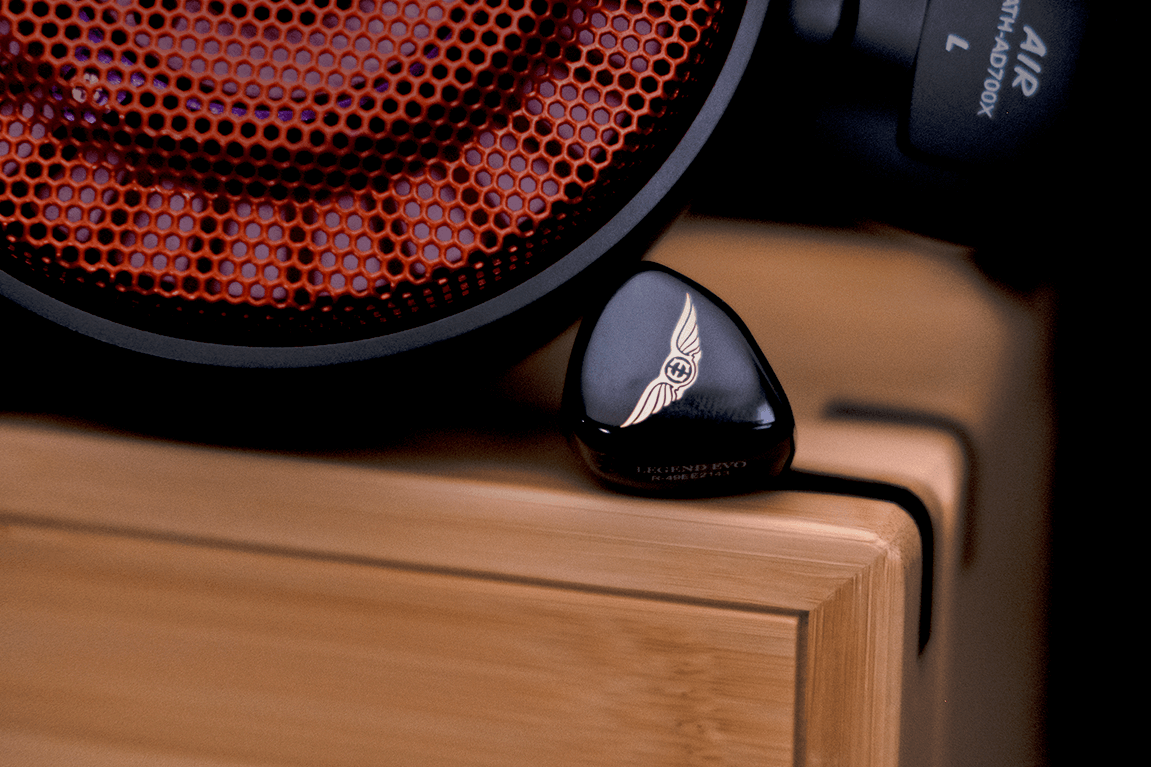
Empire Ears Legend EVO
This is where we step decisively over the line from “this is a little too much bass for me” into the realm of “this is ridiculous, unsustainable, and I need to take a shower”. Guilt and shame aside I have to confess, I adore how aggressively, almost obstinately bassy this IEM is.
It never fails to make me laugh how, despite being one of the most rollercoaster-crazy tunings out there, the Legend EVO is almost guaranteed to make my music sound more vivid, saturated, and exciting than any other IEM out there.
You’ll notice that “natural” was not one of the words I used to describe it, and that’s because Legend EVO is noticeably hyped, and seemingly tuned to do nothing other than evoke a feeling of dramatic, bombastic contrast in your music.
The upside to that is that the bass is truly incredible here. I don’t know if it has anything to do with the bone conduction driver, but there’s simply a sense of tactility and “feel” to the bass here that isn’t really equaled by anything on this list. The bass is so crackly and energetic that I would totally understand if the bass alone convinced someone to buy EVO, despite the rest of its obvious frequency response quirks.
Like, for example, EVO’s scratchy, plasticky, and downright indelicate treble and upper midrange response: sometimes it may sound super exciting, but many times it’s more of a distraction than anything else. Especially true when the music simply doesn’t agree with the fireworks show EVO is bringing to the table (I wouldn’t say EVO is really usable for jazz, for example).
The midrange overall is incredibly thin, and basically every vocalist just sounds flat out wrong on this IEM. While Singularity might have the best overall timbre on this list, EVO easily has the worst… but EVO might just be the most fun.
This amount of bass is disgusting, and frankly I feel gross for enjoying it, but that doesn’t change the fact that it’s rapturously, hilariously fun. If you just want to get so thoroughly ruined by bass that you might have to change your underwear every few songs, Legend EVO is here for you.
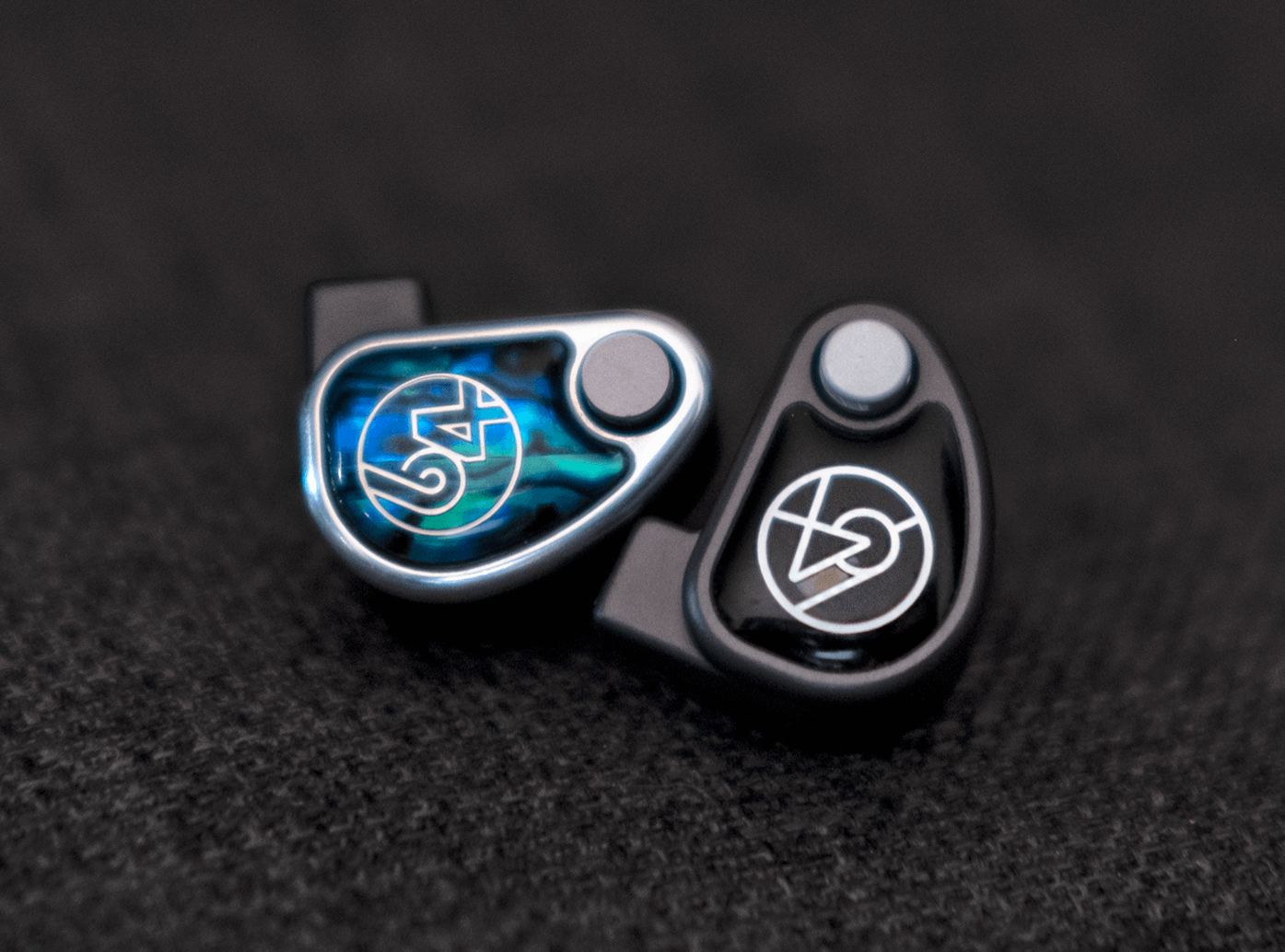
Conclusion
Many may say this is an incomplete list… and they’re right. There are way too many valid options to cover in one piece alone. However, I’d contend that if you want a high-end headphone or IEM with super satisfying bass, every option on this list will likely pop up a good few times in search results across the web: They are truly some of the best of the best.
Everyone—jaded audiophile or not—has their own definition of “good”, and bass is usually where we start to draw our lines in the sand about how our preferences differ.
Looking closer at some of the options on this list has cemented to me that—even for just one person—there’s really no best answer. Every headphone or IEM on this list had times where it bested the others; no consistently “best” bass presentation ever really arose.
Vacuous as it might seem, sometimes it’s just not that deep. Sometimes I just want the bass to punch me in the face. Sometimes I want the bass to feel so enveloping and inescapable that I feel like I’m choking on it. Other times I just want a smidge more boom-boom to make my commute a bit more tolerable, or a little less bass than usual so I’m not distracted while working.
In any case, there are tons of options to ensure everyone can find their ideal (or near-ideal) bass presentation. Even people who want the bass to crush them like a feeble little worm can find their bliss with a little poking around, saving up, or by using a little EQ.
Nobody has made the unanimously-crowned “basshead king” yet, and frankly I don’t know how you’d even get audiophiles to agree on just one being the best anyway. Good bass triggers something deep in our heads, bodies, and faces—all of which are different from person to person. However, I hope this list gives readers an idea where they might want to look next to find the thing that makes their face twist and contort into a stank face glorious enough to scare their neighbors. That’s the goal after all, isn’t it?
